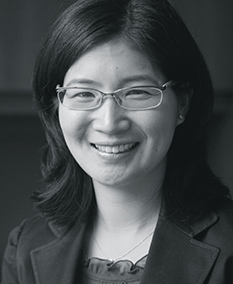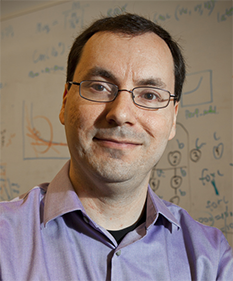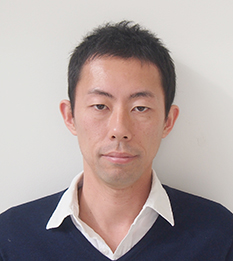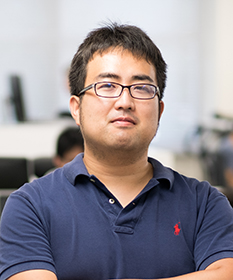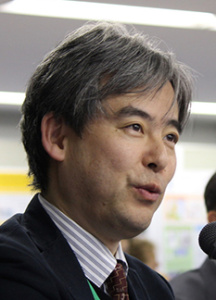Friday, June 22, 2018 – Machine Learning Today and Tomorrow: Technology, Circuits and System View
Abstract: Machine learning has emerged and continues to evolve as an extremely rich and impactful driver of integrated systems. Given the rapid progression both in algorithmic complexity and application platforms, all signs are that technology and circuit designers will play a critical role in maximizing the impact today and in the future that machine-learning systems can have. To become proactive drivers of the advances that will be made in this area, these communities must understand the complex and dynamic landscape of machine-learning algorithms, their uses, and the technological trends driving their progression. This session aims to provide this background, as well as the preparation needed to engage in the future of machine-learning systems.


